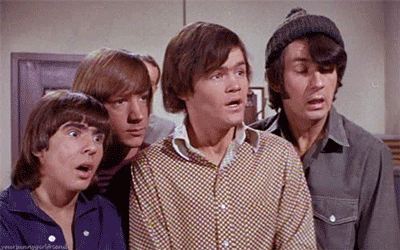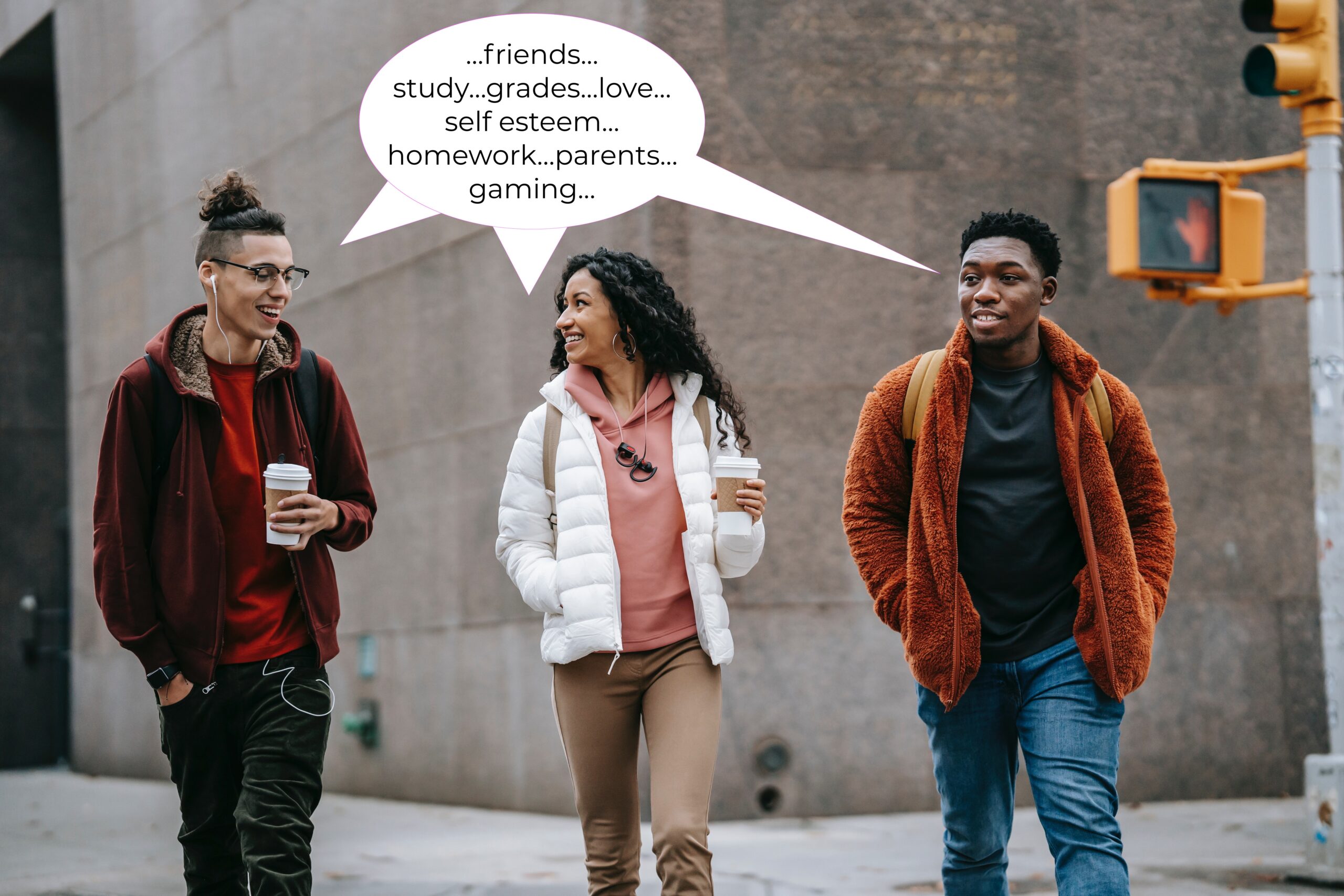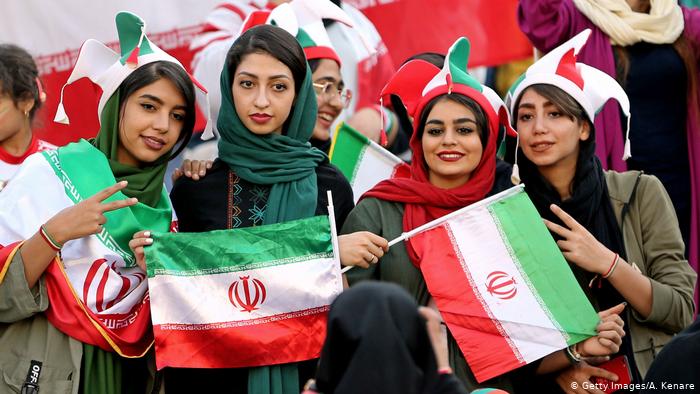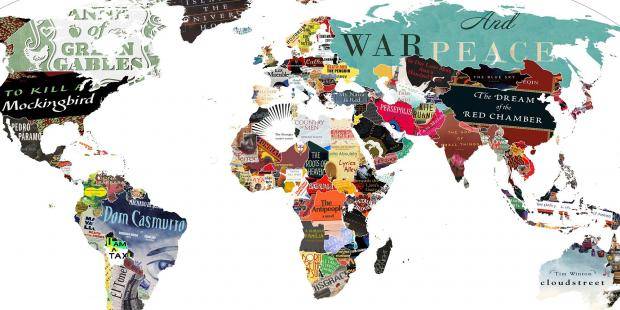Diverse Books Offer Windows & Mirrors
We’ve talked in a previous blog post about the need for diverse books so students can experience both windows and mirrors in the texts they are presented with. However, this is often easier said than done when our school and classroom libraries (hopefully unintentionally) uphold the notion of white supremacy. US colleagues have told me that the term ‘white supremacy’ makes them want to do this…

…and I understand why. It’s icky, uncomfortable, and perhaps conjures images of men in pointy white hats. However, to me – and other CSP intentional amateurs – the definition of white supremacy seems pretty applicable to education. Wondering how? I have a challenge for you. Read the definition below (from Oxford Languages), resist the urge to get defensive, and ask yourself 2 questions:
- When I consider the titles in my library, which cultural group(s) dominate by the number of books or main characters?
- Does the representation (even unintentionally) support or refute the concept of white supremacy?

(If this has you thinking 
Again, this isn’t an attempt to shame anyone – my own classroom library still needs work! Many of us inherit the books in our rooms, and it is a fact that big publishers simply don’t provide us with a balanced choice of English-language texts to reflect the diversity of our world, as these statistics from the US and this report from the UK’s Centre for Literacy in Primary Education show. So, what can we – humble educators that we are – do?
'Diverse Books' Is Not a Synonym For Pain
When considering these resources, remember to include a balance between stories of oppression and more lighthearted reads. To see what I mean, check out this post on picture books that we can all use to demonstrate writing techniques, whatever the age of our students: Picture books that are not about boycotts, buses or basketball. Students need to see people of all kinds having adventures, figuring out relationships, and finding themselves – and they need to see this in situations without the background of war and violence. It is essential to acknowledge the injustices of the past; it is also important to acknowledge that those of the global majority have many of the same positive experiences as their White counterparts. You (hopefully) wouldn’t fill your shelves solely with stories of White children, teens, and adults being victimised, enslaved, and abused. Please extend the same courtesy to the rest of us.

Don't Compromise On Quality
The first step in diversifying our bookshelves is to identify high-quality books that feature characters from a range of backgrounds. This is pretty straightforward if you are in the US – and possibly even the UK – because the We Need Diverse Books site has a TON of resources for you to explore. Not only do they have books lists and anthologies, but they also provide diverse books to low-income classrooms around the USA. On top of that, they are very responsive to queries so if you don’t know where to start, they will hold your hand. Seriously USA friends – you have it relatively easy and well done for leading the charge. However, if you want more books that are set in (or feature characters from) places other than the USA read on.
Diverse Books From Around The World
I teach in an international school with over 70 nationalities represented. The necessity to provide diverse books is absolute and, as a teacher, the experience of trying to build such a library has its own rewards as it reinvigorates my love of literature.
Since I started on this journey, I no longer look at exclusively Western lists like ‘100 Books To Read Before You Die’. There are some gems in those lists, of course, but as a Masters-holding lit graduate, I now feel confident enough to speak my truth – they often made me empathise with Chandler.

Instead, I try to find countries whose literature I’ve not yet explored. I consider this great learning both personally and professionally – plus it’s enjoyable! Here are some starting points that might also be good for older students:
- Around the World in 80 Books (Book Riot)
- Around the World in 100 Books (List Challenge)
- Book List By Country (A Year of Reading the World)
- YA Books Set In Other Countries (Princeton Library)
- 7 YA Books That Show the Lives of Teens Around the World (Guardian)
- YA Books By Continent (Wellington City Libraries)

Diverse Books For Younger Teens
The embedded document below lists books by continental area and is a great place to start for middle school reads (ages 8-16 are covered here).
Recruit Diverse Book Readers
Time after time, I find that reaching out to my parent community is a great way to collect titles. I’ve even had parents gift English-language books to our classroom library. Once they know I’m keen to offer their kids mirrors, I usually get a few who can’t wait to make recommendations.
A few other ideas for getting book title recommendations:
- Connect with international educators on groups like this one
- Join reading communities on places like Facebook & Goodreads
- Look in the ‘book end’ stores near you – in Malaysia, we have BookXcess which often has diverse reads for next to nothing; what’s near you?
- Check out Kitaabworld which advocates for more representation of South Asians in books
Diverse Books Challenge
In this hour-long conversation, the panel discusses anti-racist book selection. Maybe you don’t have time to watch a whole hour of video, but you could watch 10 minutes a day over a week and be done. Alternatively, you can use the Vimeo Repeat and Speed Chrome extension to speed up the pace.
Whether you watch it or not, it’s worth noting that Linda Sue Park sets us a challenge – redress the balance of our classroom libraries by buying only books that are not default-centric for just one year. Interesting – and no doubt controversial! I wonder I’ve been doing this since hearing the idea, and my library is still nowhere near balanced. However, every step counts.
Diverse Books - Just Get Started
Sometimes the enormity of the work can overwhelm us, so we procrastinate and think about how we’ll deal with it when such-and-such happens.
However, there is no better time to get started than the present.
Whatever you commit to right now, let us support you by sharing your thinking in the comments or in our Facebook group – we’d love to see you there!
We’ve got this.



